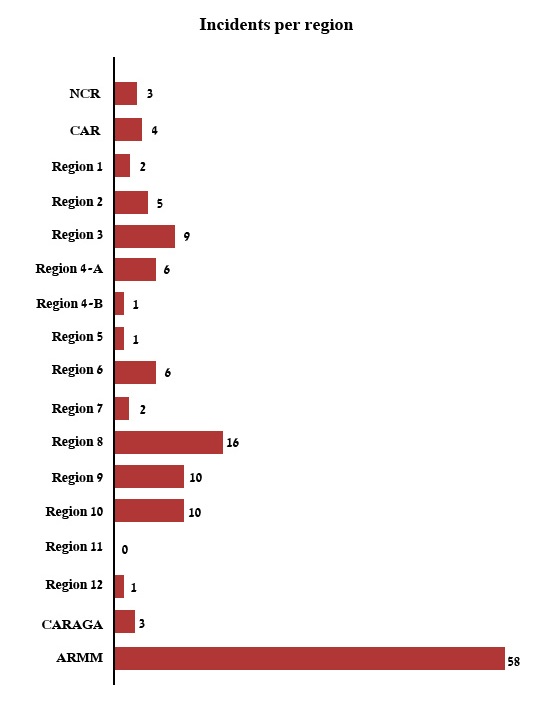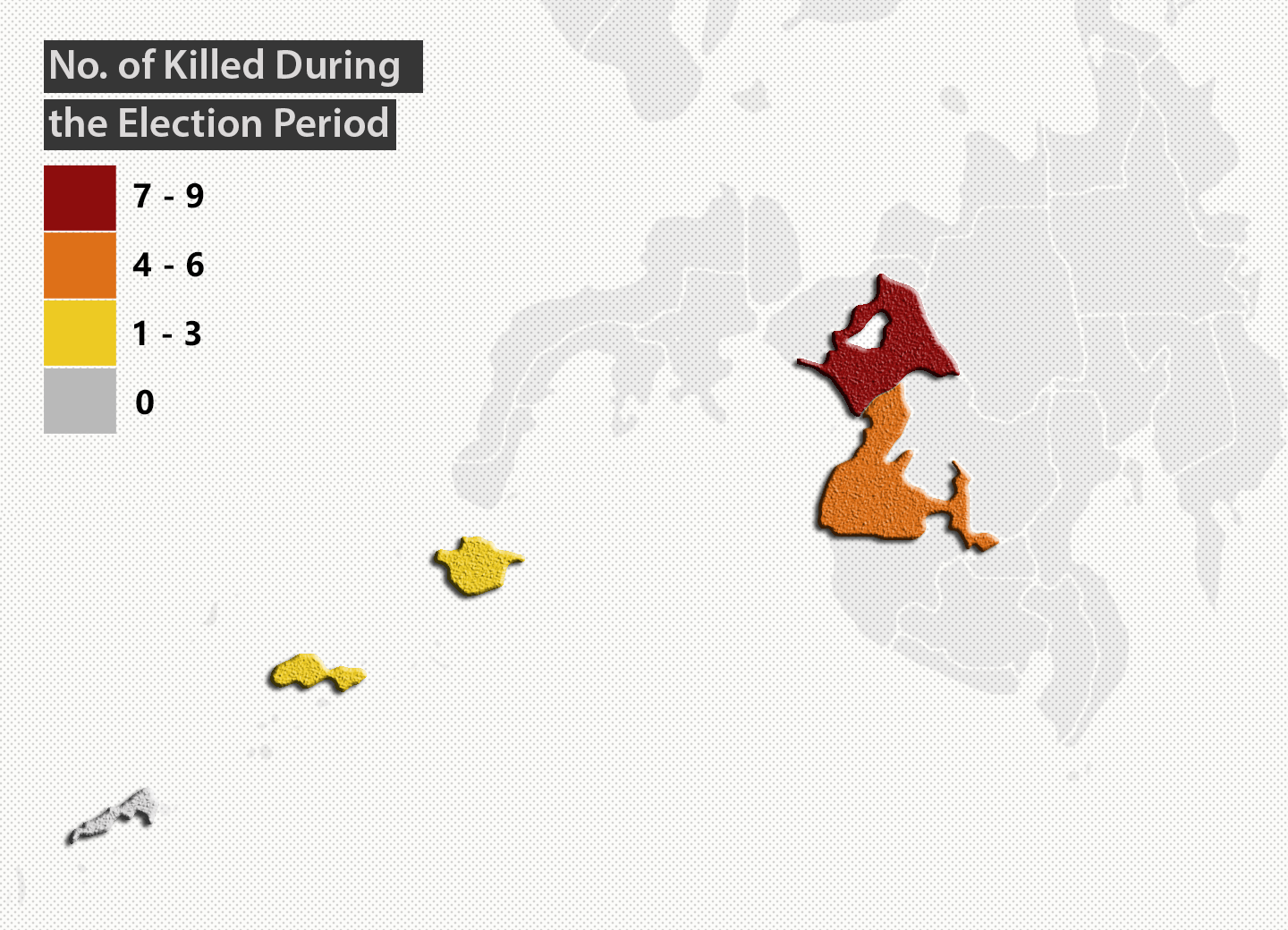Media on Elections and Violence 2016
 |
|
|
Lanao del Sur The Maranaos make their home in the two Lanao provinces. Only Lanao del Sur is part of ARMM. The Maranaos have fielded national leaders from prominent families of the province, among the better known are the Pendantuns and the Dimaporos. Both provinces have figured as potential hotspots, but only Lanao del Sur was included in the 2016 EWA list of the PNP. MindaNews did a good rundown of the events that transpired on Election Day in Lanao del Sur. The story was tight but substantive, and includes a likely explanation to the unprecedented level of violence in the province on May 9. The report on the ambush on suspected flying voters failed to mention that this phenomenon is a mainstay feature of Lanao del Sur elections, and that political camps who stand to lose the polls due to them have resorted to killing a few to drive them away from the towns where they are brought to vote. Interest on Lanao del Sur spiked with the April 9 ambush of the outgoing Marawi City mayor in Cagayan de Oro City. But much of the coverage of incidents in Lanao del Sur were done by journalists from outside the province. Hence, while most of these reporters have long covered Lanao del Sur, there are nuances that escape attention especially in the context of a busy news period such as a general election. As a result, there are a number of incidents that have not made it to the news grind of ‘external’ news outfits. Locals could have filled the role. But locals from print and broadcast told this researcher they steered clear of reporting on the heated political campaign and its attendant violent incidents for fear of backlash from the parties. Hence, many people turned to social media to make these public. One example is the video of a shooting incident inside a Marawi convenience store captured by a CCTV camera. The incident figured a mayoral candidate supposedly giving instructions to the gunmen several moments before the shooting happened. The incident never made it to mainstream media but became viral among the Maranaos in social media. A local journalist based in Marawi told this researcher it was also hard to track incidents using official reports like police blotters because most of these do not make it to these records. It could either be the police are not keen on entering the incidents to the registry or the victims are not interested to have these reported. Basilan Basilan was out of the watch-list for attendant security issues for the May 9 ballot as the alliance of the previous rivals Hataman and Akbar clans reduced the level of tension. Similarly, Misamis Occidental was expectedly quiet because there was a “no contest” agreement among politicians in its second district for major provincial seats as well as the alignment of first district politicians with the Liberal Party. Among the traditional areas in the election watch-list for attendant security issues, Basilan was out of the roll of hotspots for the May 9, 2016 exercise. Tensions radically went down due to the alliance of the Hataman and Akbar clans which used to be the main political rivals in previous polls. Sulu and Tawi-Tawi These islands in the southernmost territories of the country have seen more violence in the past. In 2016, Tawi-Tawi had zero incidence of ERV. Sulu had four incidents including a bombing/explosion and one fatal shooting. Table 1. Count of incidents per region based from media and PNP data.
Table 2. Heat map of killed in ARMM based from media and PNP data.
Of the five provinces comprising ARMM, Lanao del Sur leads with seven casualties followed by Maguindanao with six, and Basilan and Sulu with one each. No incident with a death occurred in Tawi-Tawi. |
|


